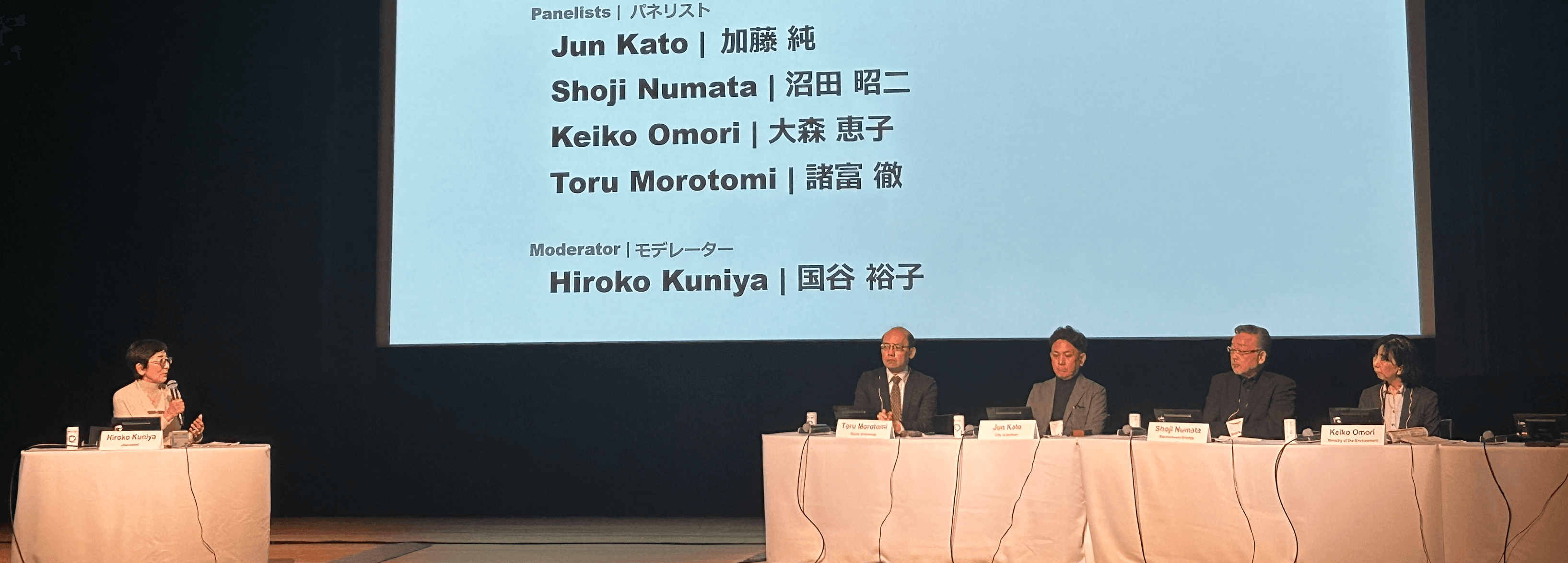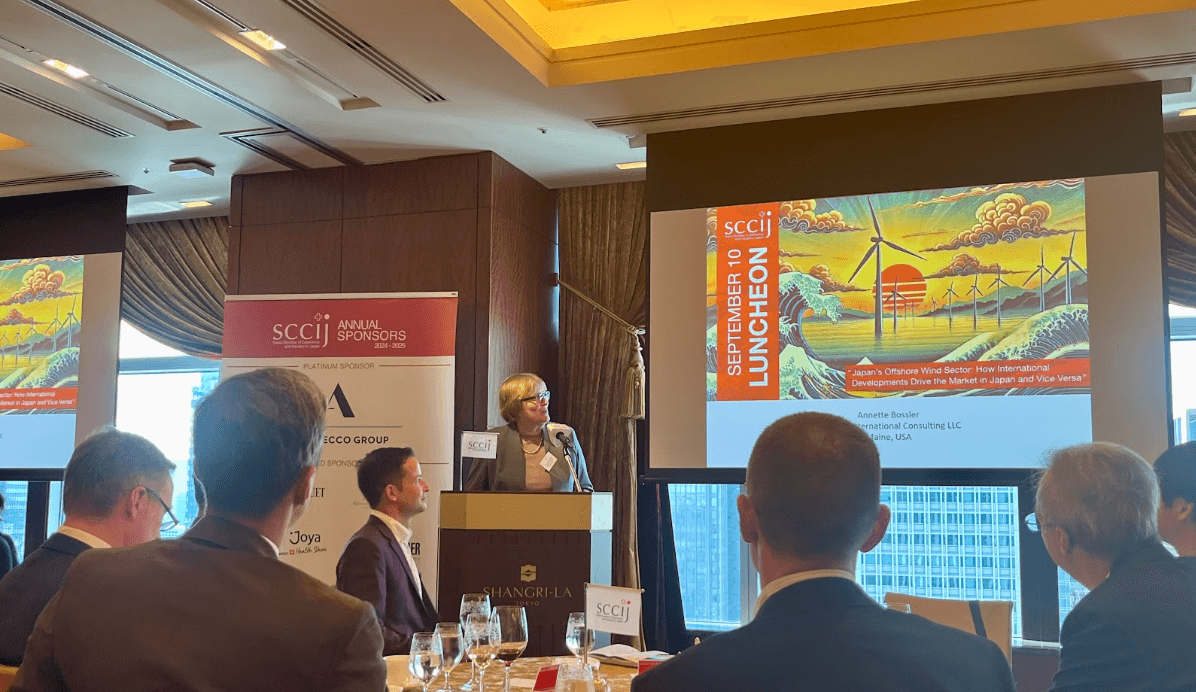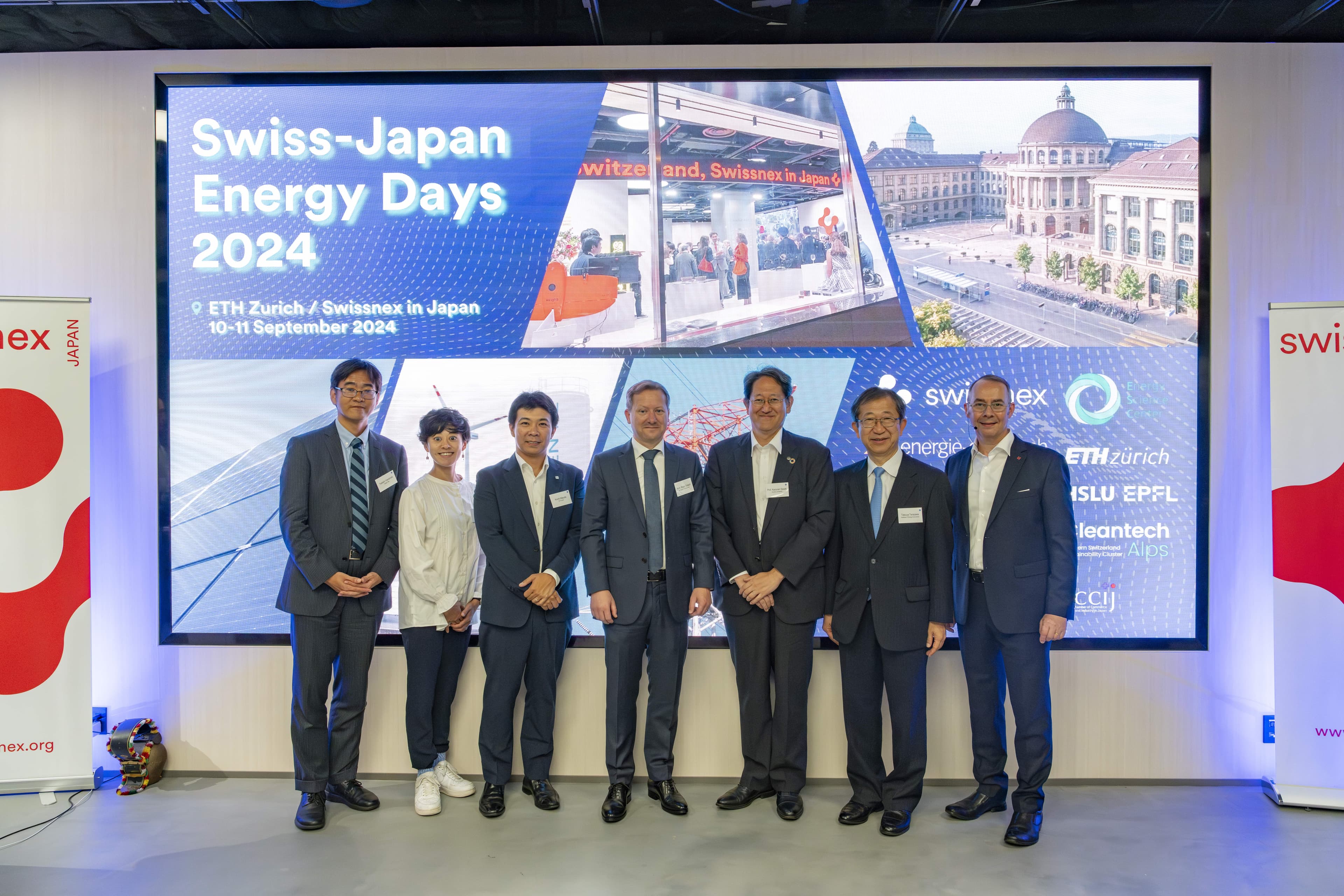When Yoshihide Suga took over as Prime Minister from the late Shinzo Abe in September of 2020, both himself and members of his Liberal Democratic Party (LDP) placed an emphasis on continuity. After all, the COVID-19 pandemic was still ongoing, and Suga had served as Abe’s Chief Cabinet Secretary for eight years. While the pandemic did dominate his administration’s tenure—and arguably led to its downfall just over a year later—Suga surprised many onlookers by almost immediately pledging to achieve net zero greenhouse gas (GHG) emissions by 2050 in October 2021. This was a key point of divergence to his predecessor: while the Abe administration did pledge an 80% reduction of emissions by 2050 and net zero “sometime” in the second half of the 21st century, Abe himself rarely discussed the issue and thus there was little ambition towards laying out the concrete steps to achieve these targets.
Suga’s Breakthrough
Suga was more pro-active on the issue. After announcing the new target for net zero by 2050, he instructed the bureaucracy—specifically the powerful Ministry of Economy, Trade, and Industry (METI)—to come up with a plan of action. The result, the “Green Growth Strategy (GGS),” was released on December 25th, 2020. In April of 2021, he followed this up by pledging more aggressive reductions by 2030: Japan now aims to achieve a 46%-reduction in GHG emission by that year when compared to the peak number of 2013, far more aggressive than the previous goal of a 26%-cut.
Somewhat ironically, Suga was able to achieve this by benefitting from one of Abe’s greatest legacies: the centralization of power in the political executive. Successive reforms, including the 2014 reforms that enhanced the ability for the executive to control top bureaucratic appointees, have diminished the once-powerful bureaucracy in Japan. Suga was buoyed by his knowledge of how to wield agenda-setting powers through the cabinet, which he ran during the Abe years, to push through his legislative priorities, chief among them the GGS. He was apparently also influenced by the more reformist voices within his cabinet, including Kono Taro and then Minister of Environment Shinjiro Koizumi.
Japan’s Green New Deal?
The GGS outlined 14 sectors of the Japanese economy and issued action plans to achieve the energy transition within each. The strategy thus combines industrial policy with environmental policy, placing a focus on sustainable economic growth. Without a doubt, the most important sections relate to the country’s energy sector, which accounts for over 80% of emissions. Here, four specific fields were identified: (1) wind, solar, and geothermal; (2) hydrogen and fuel ammonia; (3) next-generation heat energy (primarily synthetic methane); (4) nuclear power. The GGS called for the energy mix by 2050 to be comprised of 50-60% renewable and 30-40% nuclear, with the rest consisting of fossil fuel-fired power equipped with carbon capture, utilisation and storage (CCUS) as well as hydrogen and ammonia combustion.
While focusing on Japan’s energy sector—and specifically supply—is crucially important for the country’s net zero ambitions, in addition to being strongly related to security issues in light of recent supply chain bottlenecks, it is also in this area where critics have identified weaknesses to Japan’s approach. Specifically, these relate to the continuing influence of powerful business interests, including power, steel and fossil fuel companies as well as METI itself, which generally prioritizes economic interests over climate action. These voices grew louder once Suga resigned and was replaced by Fumio Kishida, who initially sidelined many more reformist ministers and placed a focus chiefly on economic growth, famously outlining his policy priorities as “economy, economy, economy.”
Climate Action Versus Political Realities
At the same time, Kishida did not renege on Suga’s net zero pledge, and in 2023 outlined another set of climate-related policies, the Basic Policy for the Realization of GX (Green Transformation). However, the policy has been criticized by organizations such as the Climate Action Tracker (CAT) for placing a heavy focus on energy security and economic growth over decarbonization, although this is consistent given Kishida’s political priorities and the rapidly changing geopolitical realities—most significantly Russia’s invasion of Ukraine in February 2022. The CAT has also pointed out that the emphasis on technologies it sees as unproven, such as CCUS, hydrogen, and ammonia combustion, puts into question the viability of Japan’s medium-term climate policy, suggesting the priority should lie in proven renewable energy technologies instead.
Japan has achieved a consistent reduction in GHG emissions since the peak of 2013, which are down 19% since then as of fiscal year 2022. All major political parties have now committed to at least net zero emissions by 2050, and the country is sensitive to environmental issues, as it is prone to natural disasters and extreme heat during the summer. However, given that the current policy package is estimated to only lead to a 31% to 37% reduction in GHG emissions by 2030—below the government’s own stated target—more aggressive action needs to be taken. Despite its recent history, Japan is unlikely to phase out nuclear power, which the EU has also recently pointed to being essential for its own climate goals. Together with an aggressive expansion of solar and wind, the country should also look to leverage its potential in geothermal power generation to make its climate goals a reality.
Sources
Asahi Shimbun (Suga’s Pledge for 46% GHG Emissions by 2030)
Climate Action Tracker (Japan)
Heinrich Böll Stiftung (Feasibility and Future of Japan’s Climate Policy)
Japan Times (Japan’s Climate Change Politicians)
Kantei (Kishida’s Policy Speech)
METI (Basic Policy for the Realization of GX)
New York Times (Japan and Geothermal Power)
Source of top image is from Kantei
Stay updated with HORIZON - Subscribe now





